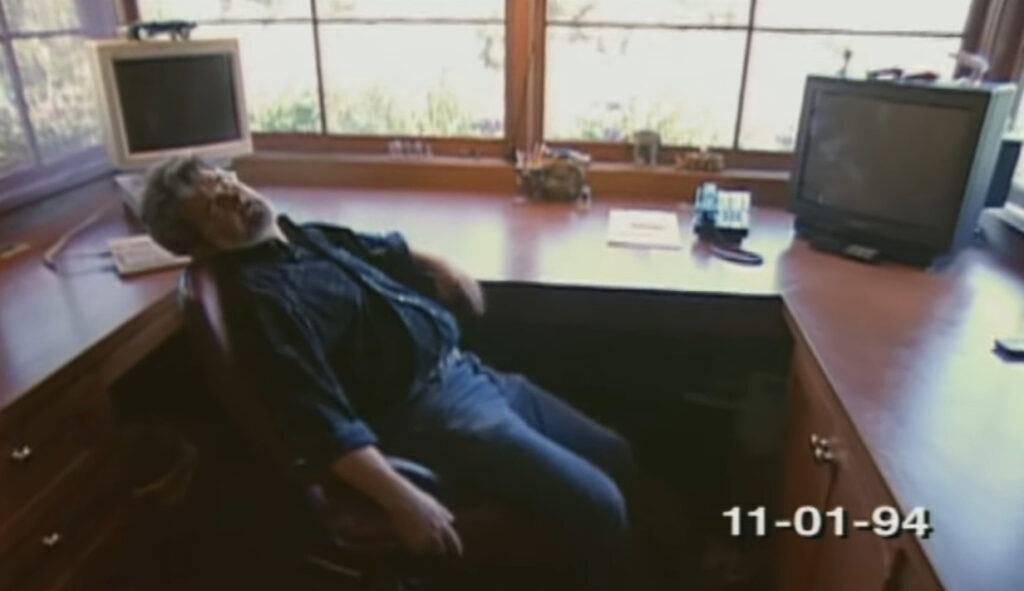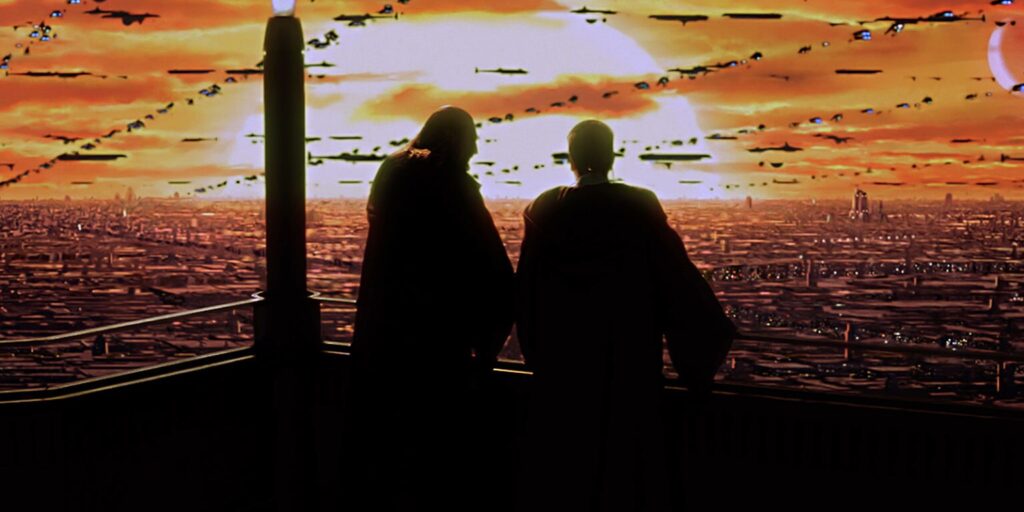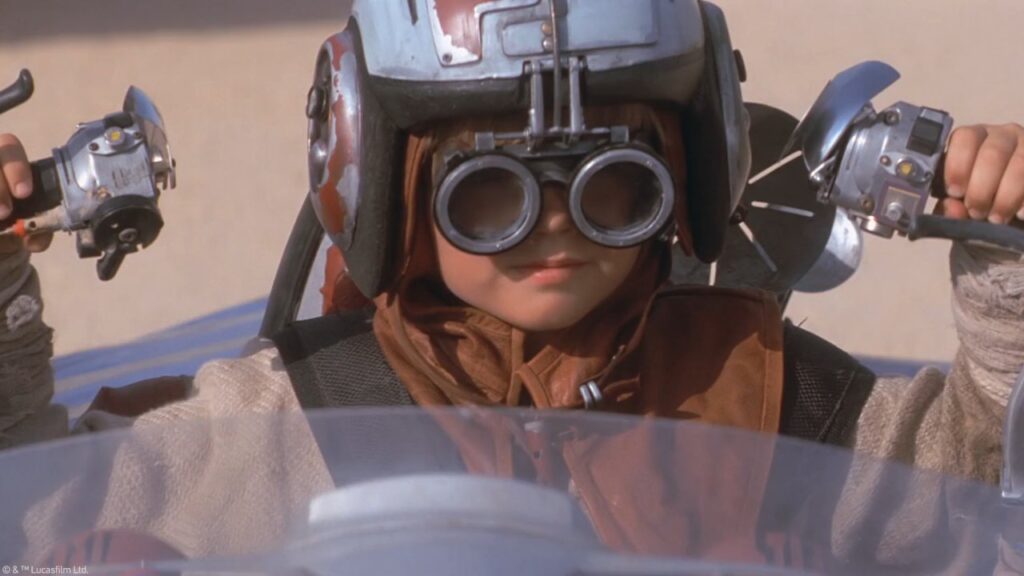
We are about 5 weeks away from the first ever MEGA-SHOWDOWN (I will start accepting submissions Saturday, June 29th — I’ll keep you updated on how to do that with numerous posts here on the site. So start checking in 2 weeks!).
If you haven’t hung out here in a while, we’ve spent this entire year writing a screenplay. We are in the rewrite process, belting out 3 rewritten pages a day for 6 days of the week, giving us a total of 18 rewritten pages per week. The 2-Week Mega Showdown will be the culmination of all that hard work. So keep rewriting those scripts. I don’t care how hard it is. DO IT!
Week 1 – Concept
Week 2 – Solidifying Your Concept
Week 3 – Building Your Characters
Week 4 – Outlining
Week 5 – The First 10 Pages
Week 6 – Inciting Incident
Week 7 – Turn Into 2nd Act
Week 8 – Fun and Games
Week 9 – Using Sequences to Tackle Your Second Act
Week 10 – The Midpoint
Week 11 – Chill Out or Ramp Up
Week 12 – Lead Up To the “Scene of Death”
Week 13 – Moment of Death
Week 14 – The Climax
Week 15 – The End!
Week 16 – Rewrite Prep 1
Week 17 – Rewrite Prep 2
Week 18 – Rewrite Week 1
Week 19 – Rewrite Week 2
Week 20 – Rewrite Week 3
Week 21 – Rewrite Week 4
Today, we’re going to approach rewriting a little differently. Well, actually, it’s going to be Star Wars related so… maybe it won’t be so different. :)
When it comes to rewriting a script, the process can be overwhelming. There are so many things that need to be upgraded that you’re not sure where to start. And general instructions on how to rewrite a script only give you some guidance, since every script is unique and therefore has its own individual issues.
Because Star Wars is on the brain this week, I thought I’d take a look back at The Phantom Menace, a script that was never rewritten. The reason for that is that George Lucas hates writing so he notoriously wrote only one draft of the screenplay
I see this as a fun experiment: What if George Lucas HAD rewritten The Phantom Menace? What improvements might he have made? And what can we learn from those improvements that can help us rewrite our own scripts?
The first scene of The Phantom Menace is a great example of first draft writing. In it, Obi-Wan Kenobi and Qui-Gon Jin head to a trade ship orbiting the planet of Naboo to discuss a trade dispute. One thing that’s very obvious is that there’s no sense of detail to this Trade ship. The rooms are all generic. There’s nobody around at all. It feels empty and vague.

This is what happens in first drafts. You don’t yet know what things look like so you latch on to the generic – a conference room here, a controller room there. Contrast this with the Death Star or Cloud City. In both those cases, you felt like every single foot of those structures had been mapped out by the writers. They felt specific and they felt real.
When you can’t fully visualize something, you will revert to writing basic bland scenes, which is exactly what we get in that Phantom Menace opening. There’s no sense of structure or detail in any moment. It literally feels like the writer is making things up as he goes along, which is the principle identifier of a first draft.
The next thing that Lucas needed to do for the good of the screenplay was eliminate Jar-Jar Binks. Jar-Jar is a character you start with in your first draft. He’s not a character who should make it to the final draft. You figure out, with each successive draft, that the character isn’t working. It always feels like a battle when you have to write a scene with him in it. It’s hard to write dialogue for him. You’re always fighting with the character to make him work.

That’s the screenwriting gods telling you, you have to get rid of that character. So why didn’t he? Well, the character was tied to some major plot points in the screenplay which was this race of amphibious aliens who would be needed to fight the Trade Federation in the climactic battle.
This is what separates good writers from bad ones. Good writers accept when something isn’t working and are willing to tear down everything associated with it, even if that’s a big chunk of the screenplay. Bad screenwriters are often lazy. They see that as a bunch of work. So they instead double-down on their mistakes, putting as much lipstick on the pig as possible in the hopes that, at a certain point, it becomes pretty.
Some of you may say, “But you eventually have to commit to what you have.”
Well, Jar-Jar Binks was so goofy that his tone never matched up with the rest of the characters. Everybody else was playing to the 10-40 demographic. Jar-Jar was playing to the 2-4 demographic. Therefore, every single scene he was in, he was ruining. That’s why it’s so important, if a character isn’t working, to get rid of him. Or massively change him.
As far as how to know if a character needs to go? You know. If you’re being honest with yourself, you know. The only reason you’re holding on is for emotional reasons. You put all of this effort into it and created this character. You don’t want to kill them. But you have to.
This should not have been a hard decision for Lucas. Jar-Jar was not a main character. That’s when rewrites get REALLY HARD: when main characters don’t work. This was just an ancillary character. Either get rid of him or completely reimagine him.
Another common thing that happens in first drafts is we just sort of go where we want to go and we don’t think much about how smooth it is or if there’s enough logic to it. We’re not concerned about that in the first draft.

But in the rewrites, you have to smooth all that stuff out. The Phantom Menace was a total mess in terms of the journey. We go to this planet. We find out they’re in trouble. We try to head back to the main planet, Coruscant, we get stuck on Tatooine, we have to partake in a race, we finally go to Coruscant, we partake in a Senate hearing. We go all the way back to where we started. We fight in a battle. It’s a mess.
Compare that to Star Wars, which was so elegant. We try to go to Alderran to deliver R2-D2’s message. Alderran has been blown up by the Death Star, which sucks them in. They escape the Death Star and head to the secret Rebel Base, where the final battle happens. Imagine if Star Wars ended where it started, on Tatooine. It would’ve been a mess.
Always look to smooth the journey over. If you can connect the dots a little more elegantly, a little more effortlessly, your story is going to feel whole. It’s not going to feel random and disjointed, which is exactly how so many first drafts read.
So, how could we have fixed this? I would say that one planet had to go. Probably Coruscant. Coruscant was boring. It was all political gobbledygook that didn’t make a lot of sense. You could’ve waited to introduce all the Jedi Temple stuff in the second movie, Attack of the Clones.

And I know some of you are gasping right now but remember, the original draft of Star Wars included the Emperor and the “wookie” planet of Endor and Yoda along with his planet. Lucas eventually realized (or was convinced by actual screenwriters) that he couldn’t keep all that stuff in a single movie. He had to push it off to other movies.
You could’ve brought relevant characters who were on Coruscant to Tatooine. It would’ve been difficult but that’s what rewriting is. It’s figuring stuff like that out. The Phantom Menace’s narrative was always messy. It needed simplifying.
One of the easiest first-draft mistakes that could’ve been fixed in The Phantom Menace was the Queen Amidala/Handmaiden issue. If you don’t remember, Queen Amidala sends her “handmaiden” along with Qui-Gon’s clan and, for the rest of the movie, we’re supposed to not know that the handmaiden is Queen Amidala. We get the big “reveal” at the end before the Naboo battle when the handmaiden reveals who she truly is.
The moment had so little impact, even Liam Neeson broke character to roll his eyes at this reveal since he knew that the audience already figured it out 2 hours ago.
This is what we do in the first act, guys. We write stuff that doesn’t make a lot of sense. And our job is not to hold onto that stuff. It’s to get rid of it. It’s to fix it. It’s to improve it. Just have the queen tell Qui-Gon that she’s coming with them and they all agree that they tell everyone they meet that she’s a handmaiden. Problem solved.
But let’s get real now. The Phantom Menace made a critical error that George Lucas couldn’t write himself out of if he had a 100 drafts. Anakin Skywalker didn’t work. He was too young. We saw that in the ridiculous scenes where they try and have him flirt with the queen. When your most memorable line is “Wheeeeeee,” that character isn’t working.

So, what could they have done here? Well, I know that Lucas was sort of locked age-wise in a couple of directions. But he should’ve figured out a way to make Anakin 12. At 12 years old, you’re in “Stand By Me” age territory where you can deal with some deeper stuff and it not feel stupid.
Making Anakin just a little bit more sophisticated would’ve made him easier to root for. Easier to like. Easier to identify with. That movie was just destroyed by how young the character was. Seeing him win a 300 mile an hour race? The kid had the dexterity of a handicapped sea lion.
That may seem like a nitpick but you should ALWAYS be thinking about age in your rewrites. You are a different person at 25 compared to 18. You are a different person at 35 compared to 25. You have different responsibilities. You’re more established in your career. You’re usually married as opposed to in a relationship. Your money situation is different. All that stuff changes people so you want to be asking yourself if an age-change would improve your characters.
There are many more things I could get into (“Now that’s podracing!”) but you get the idea. The rewrite is where you get rid of problematic story elements and you smooth out everything else.
Just one more week of rewrites and then we start our polishing!

